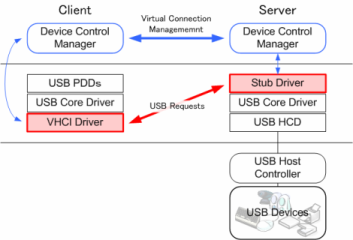The rest of my team will make for my application a simple non-standard USB microphone, but until they finish it I will have to emulate it, for integration testing purposes.
Is there any risk in a physical loopback?Yes there isWill a physical loopback work?Only with an USB bridge- There is any way to create a logical loopback? (MSDN has something about this)
- There is any general purpose USB emulator software?
In case there is many options available I'd rather work it .NET/Matlab/Python solutions.
